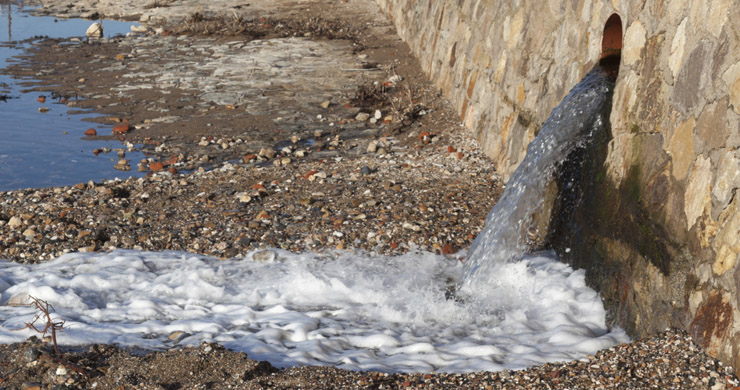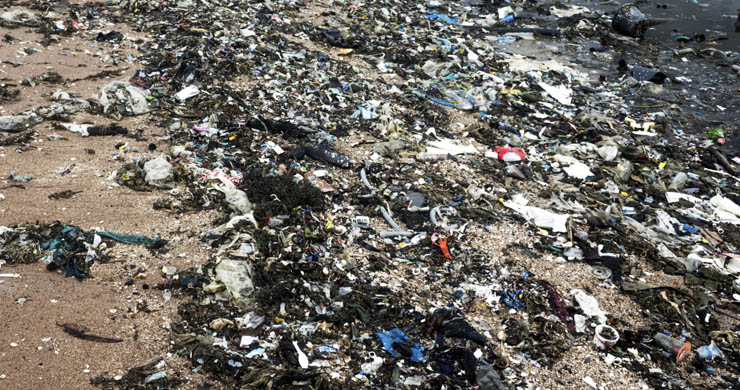Fatberg alert!
Sewer monsters…
What is the size of a bus, weighs 15 tonnes and lives in the sewers beneath London?
A whale shark? Mutant crocodiles? Giant rats?
In fact, it’s something even more disgusting and potentially dangerous…
The story began when people in Kingston upon Thames started having difficulty flushing their toilets properly.
When the sewage and water company, Thames Water, were told about the problem they sent a team of ‘flushers’ into the sewers beneath London to investigate.
They couldn’t believe their eyes when they found a monster lurking in the darkness, almost completely blocking the pipes!
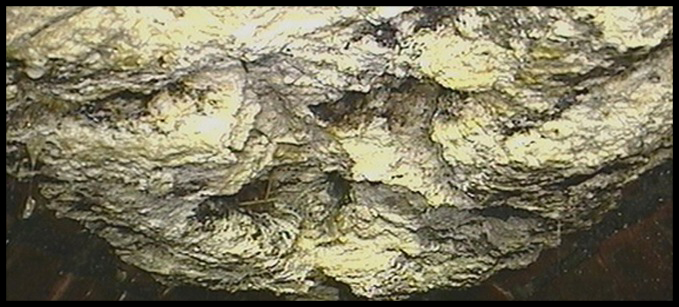
The sewer monster © CountyClean
The slimy, foul-smelling horror could have flooded the streets of Kingston with raw sewage, bringing misery and the risk of disease to tens of thousands of people.
So what was hiding in the depths?
The flushers had discovered an enormous lump of rotting fat and toilet waste nicknamed a 'fatberg'.
It took 3 weeks to destroy the 15 tonne monster using high-powered water jets and shovels. The team recorded some video footage of the blockage before they started which you can see below.
Just be glad that the video camera couldn’t record the smell!
Fatbergs and geography?
So why should a giant plug of congealed cooking fat and wet wipes matter to geographers?
Sewage is a by-product of human activities and more people = more waste. We cannot understand the way that humans affect the natural world without learning how that waste is produced and disposed of.
In the next two articles in this edition of Geography in the News we will look at two aspects of liquid waste management in the UK:
-
The challenges of dealing with sewage in a safe and environmentally friendly way
-
New ideas for better ways of dealing with wastewater
Before we begin, let’s look at some facts and figures to do with sewage production and disposal in the UK.
What is sewage?
In simple terms, sewage is water-carried waste that is being disposed of by the communities that produce it.
Sewage includes:
-
Sanitary wastewater
-
toilet waste including faeces, urine, toilet paper and anything else that gets flushed down the toilet
-
water and solids from sinks, baths, washing machines, dishwashers etc
-
Industrial wastewater
-
produced as a by-product of manufacturing and industrial processes in factories, power stations etc
-
Commercial wastewater
-
liquid and water-carried waste from shops, restaurants and other service-providers within communities
-
Agricultural wastewater
-
by-products of farming, from animal waste to fertilisers and other chemicals used for growing crops and rearing livestock
-
Surface runoff
-
rainwater which flows rapidly over the surface of the ground (including from the roofs of buildings) into channels like gutters and storm drains which are designed to carry it away
Sewage – facts and figures
According to the Environment Agency, England and Wales produce 10 billion litres of sewage every day. That’s 3.65 trillion litres every year - enough to fill Loch Ness (Britain’s biggest lake) five times over in a decade… Poor Nessie!
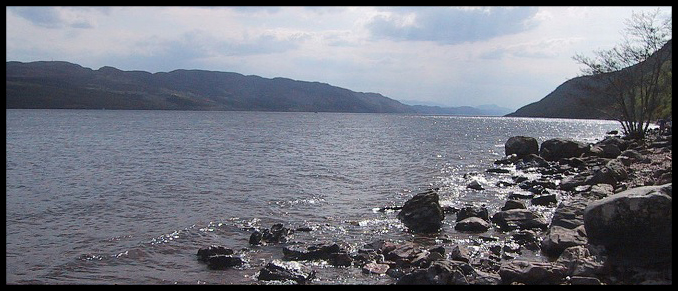
Loch Ness, Scotland
Dealing with all that sewage uses up 2,800,000,000 KWh of electricity annually. That’s enough to power three million 100W light bulbs 24 hours a day for a year and requires the equivalent of 1,000,000 tonnes of coal.

There are over 300,000 kilometres of sewers in the UK, enough to wrap around the Earth 7½ times. These pipes connect 95% of the population of the UK to the mains wastewater treatment works.
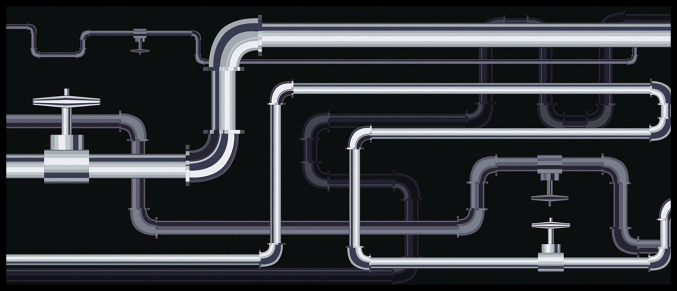
Almost all of sewage is actually water, but the entire wastewater treatment system is designed to deal with the tiny part of sewage that is solid.
On average, each person in the UK produces around 150 litres of sewage each day. That’s the same as 450 cans of fizzy pop. Most of that is water that is used to flush the actual waste away.
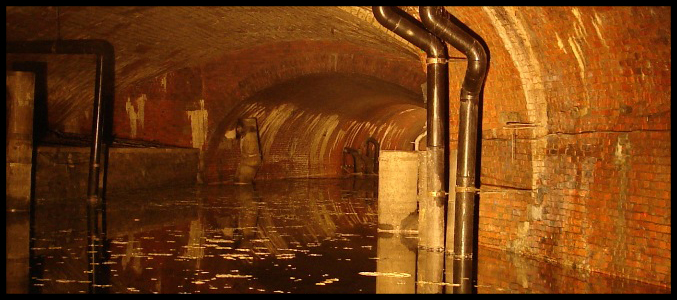
Some parts of the UK have separate wastewater and rainwater sewers. However, in Wales many of the sewers carry both surface runoff and sewage. This means that during unusually heavy storms the system may become overwhelmed. In the worst cases this may cause sewage to flood out of manholes into streets and gardens.
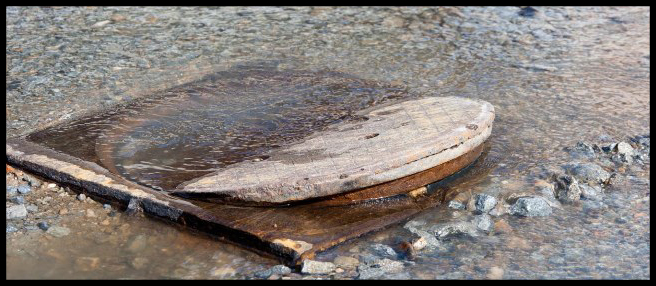
Pupil Activity
Before moving on to the rest of the articles complete the activity below in order to find out more information about one or two aspects of wastewater production and management in the UK.
Use the internet to find out about one particular type of sewage from the five mentioned in this article:
-
Sanitary wastewater
-
Industrial wastewater
-
Commercial wastewater
-
Agricultural wastewater
-
Surface runoff
Find out:
-
What it’s made of (it is up to you how much detail you go into!)
-
What the dangers are if your chosen type of sewage is not dealt with properly (disease, pollution etc)
Collect the information, articles and pictures that you find into a Powerpoint presentation that you will use for the pupil activities in the next two articles.
